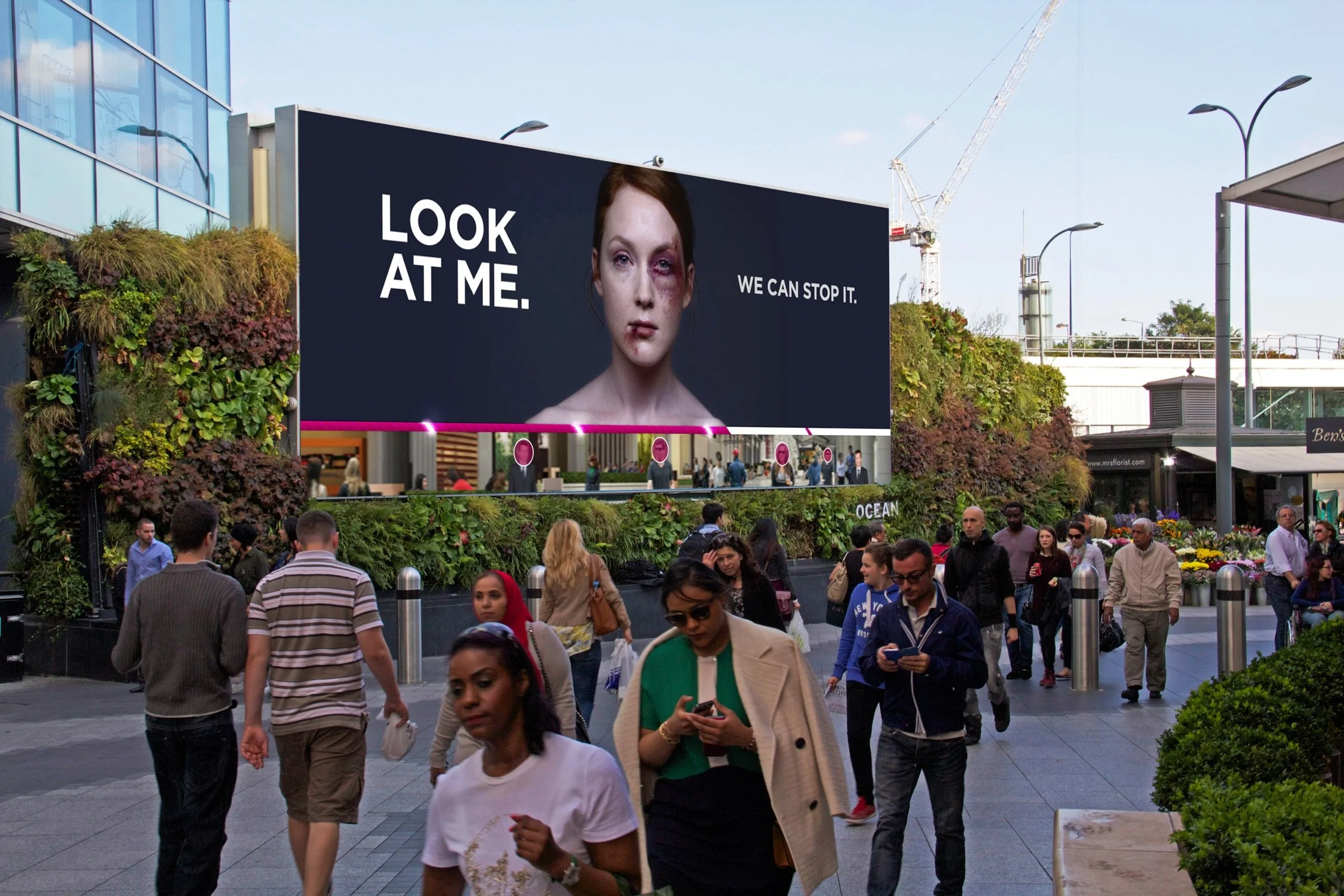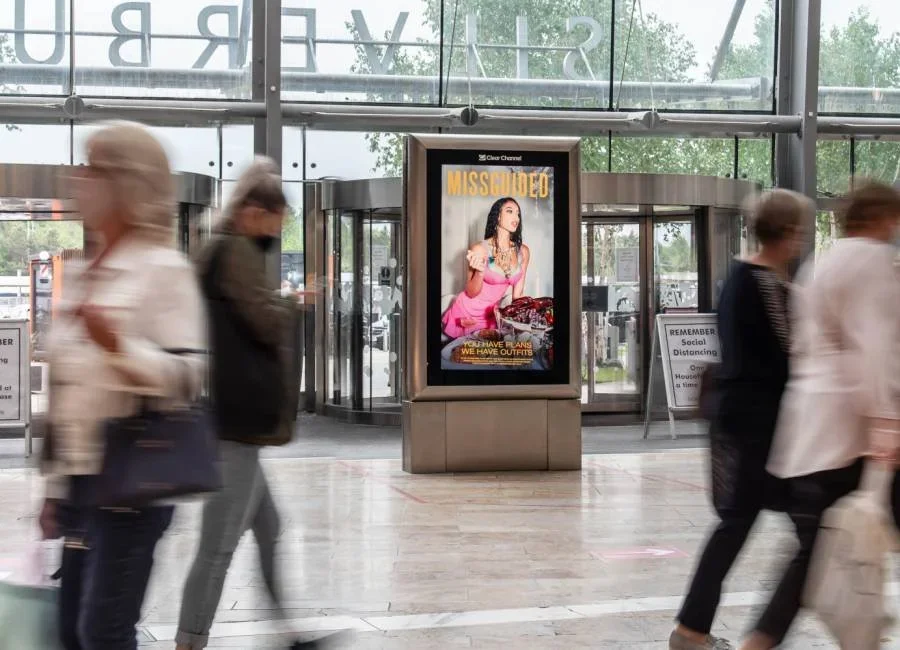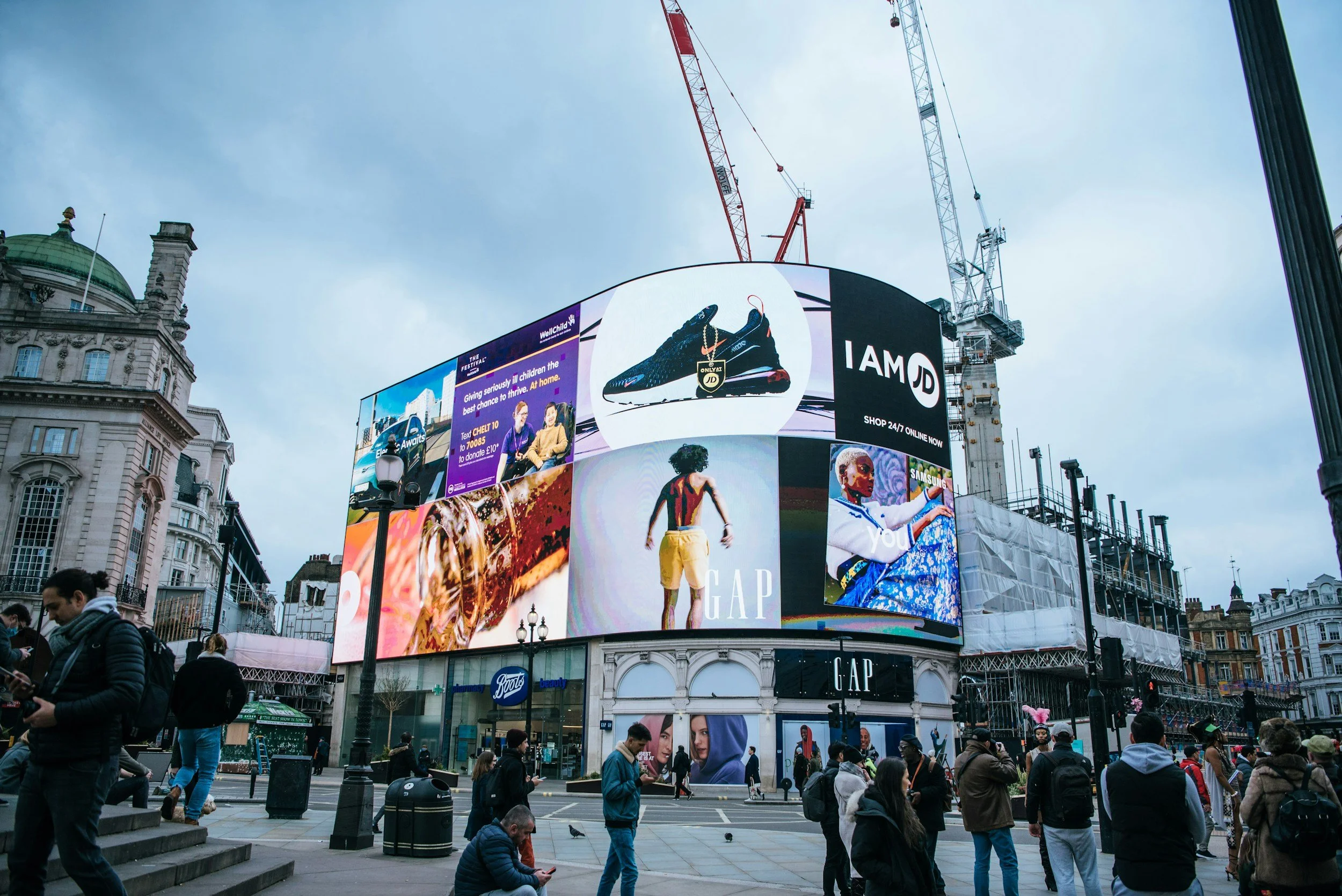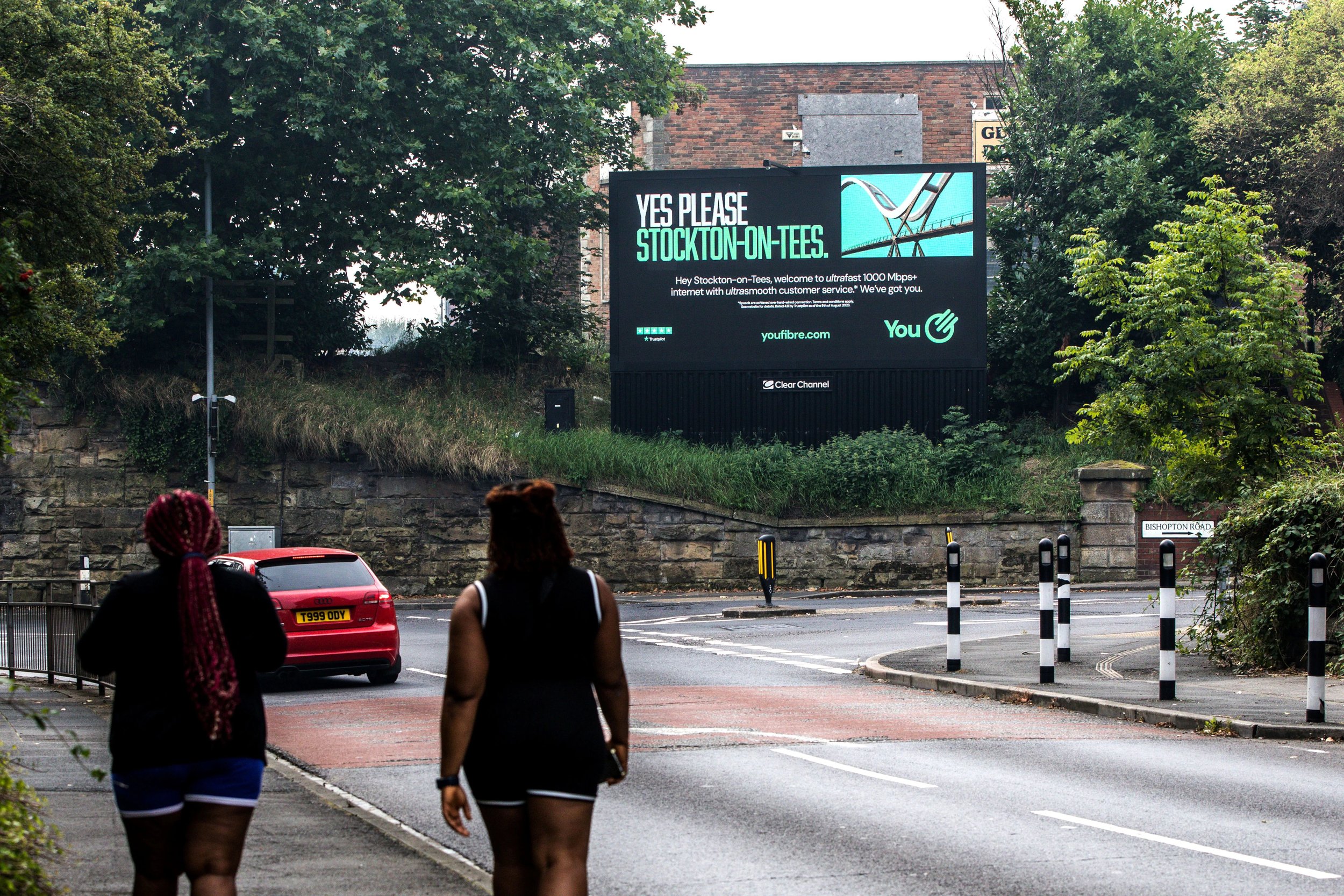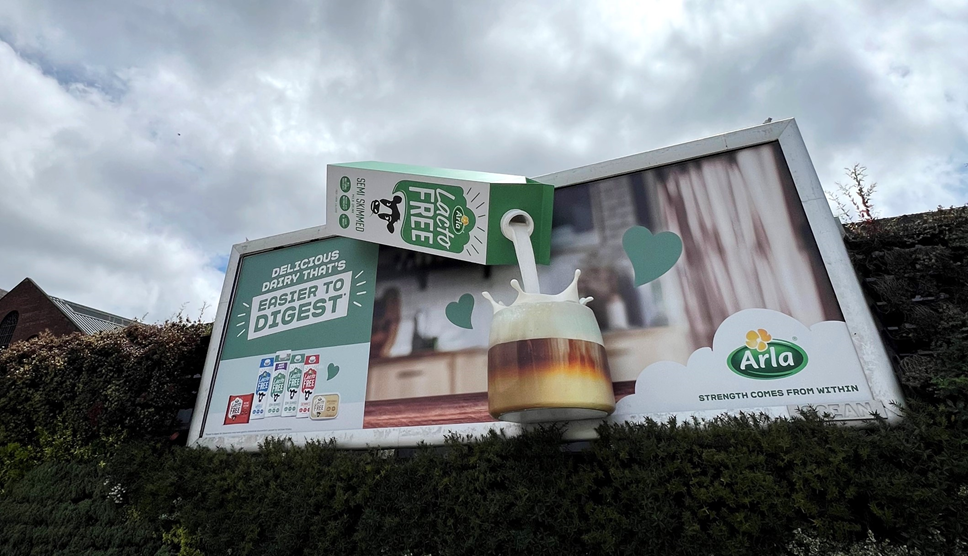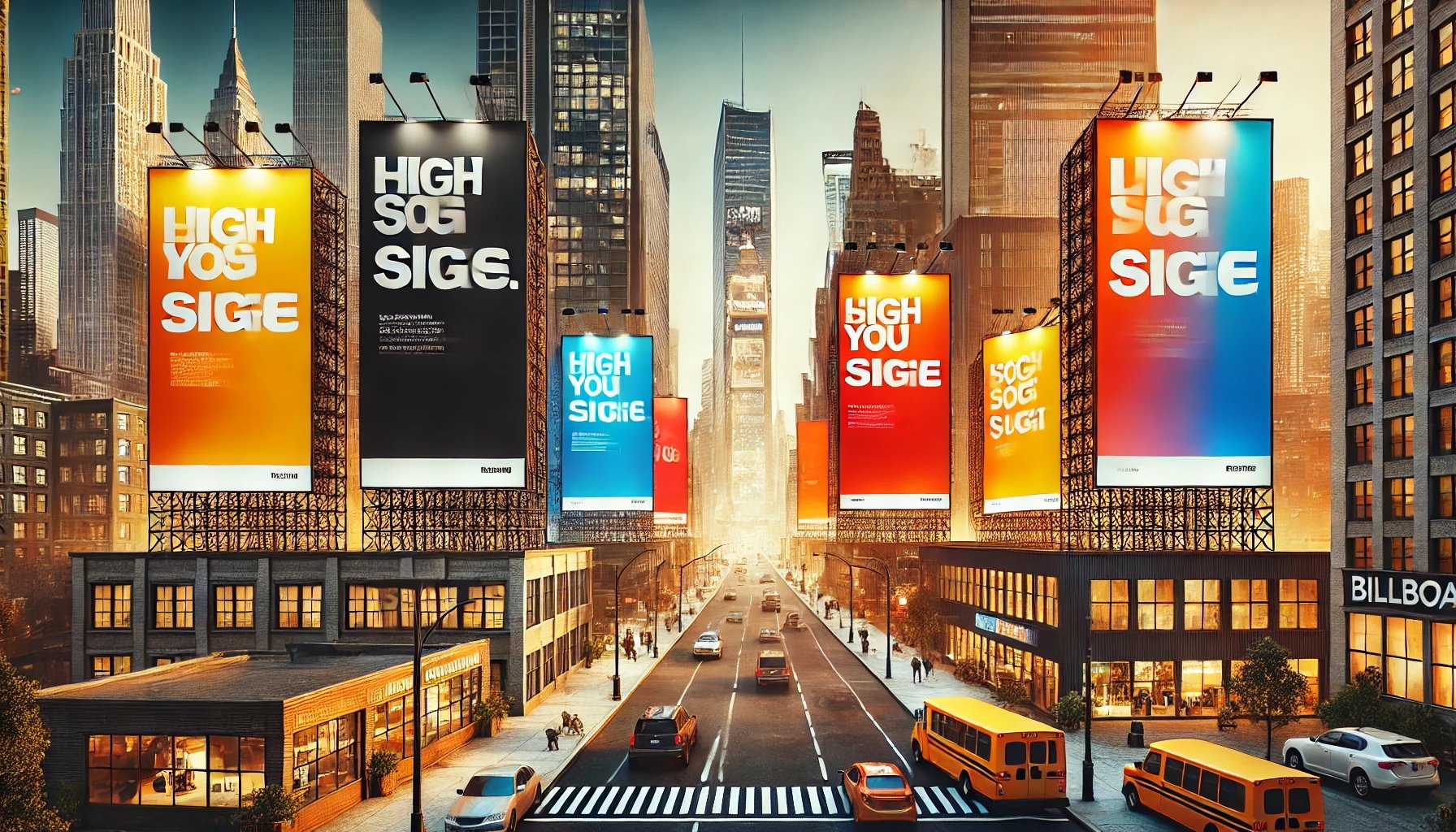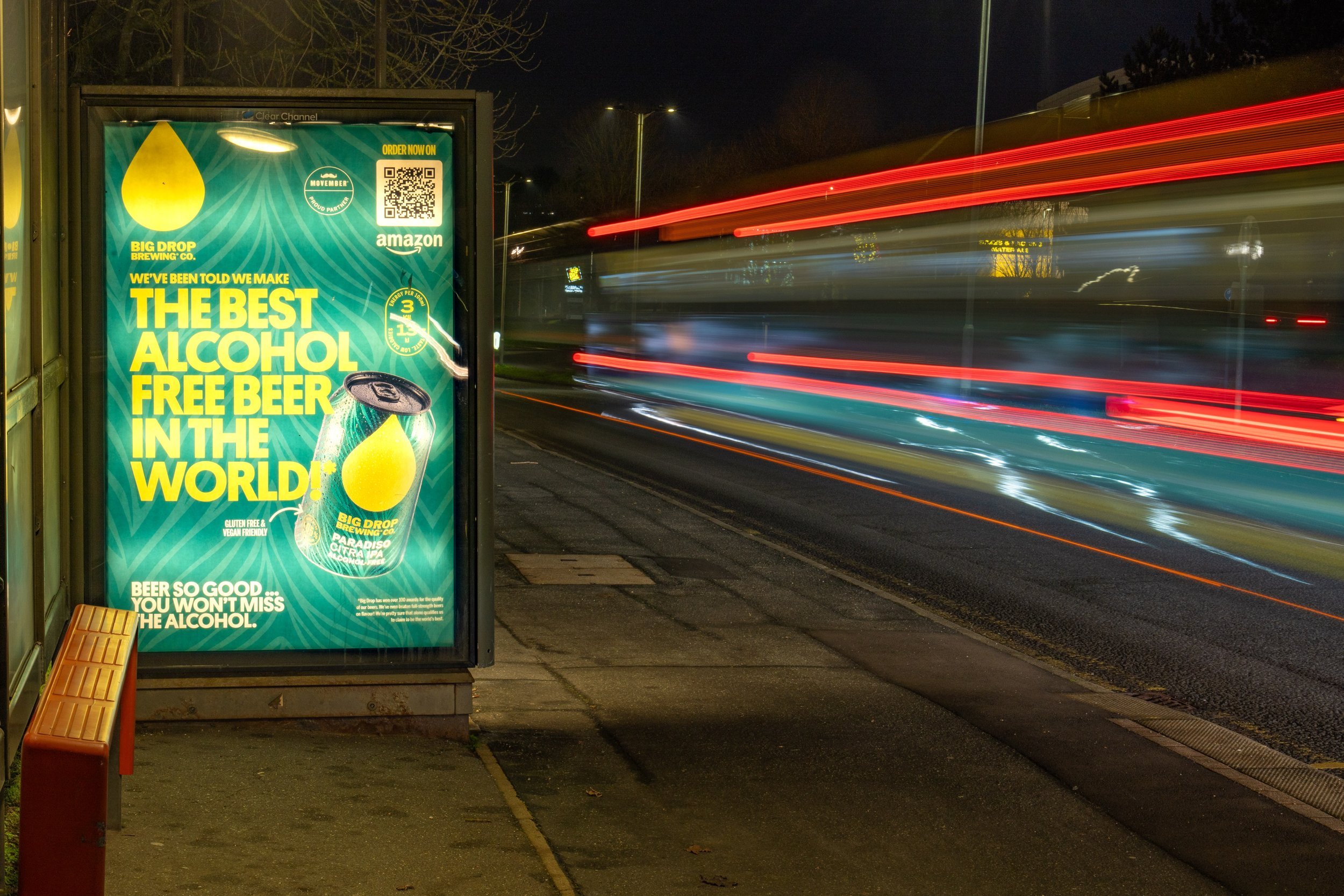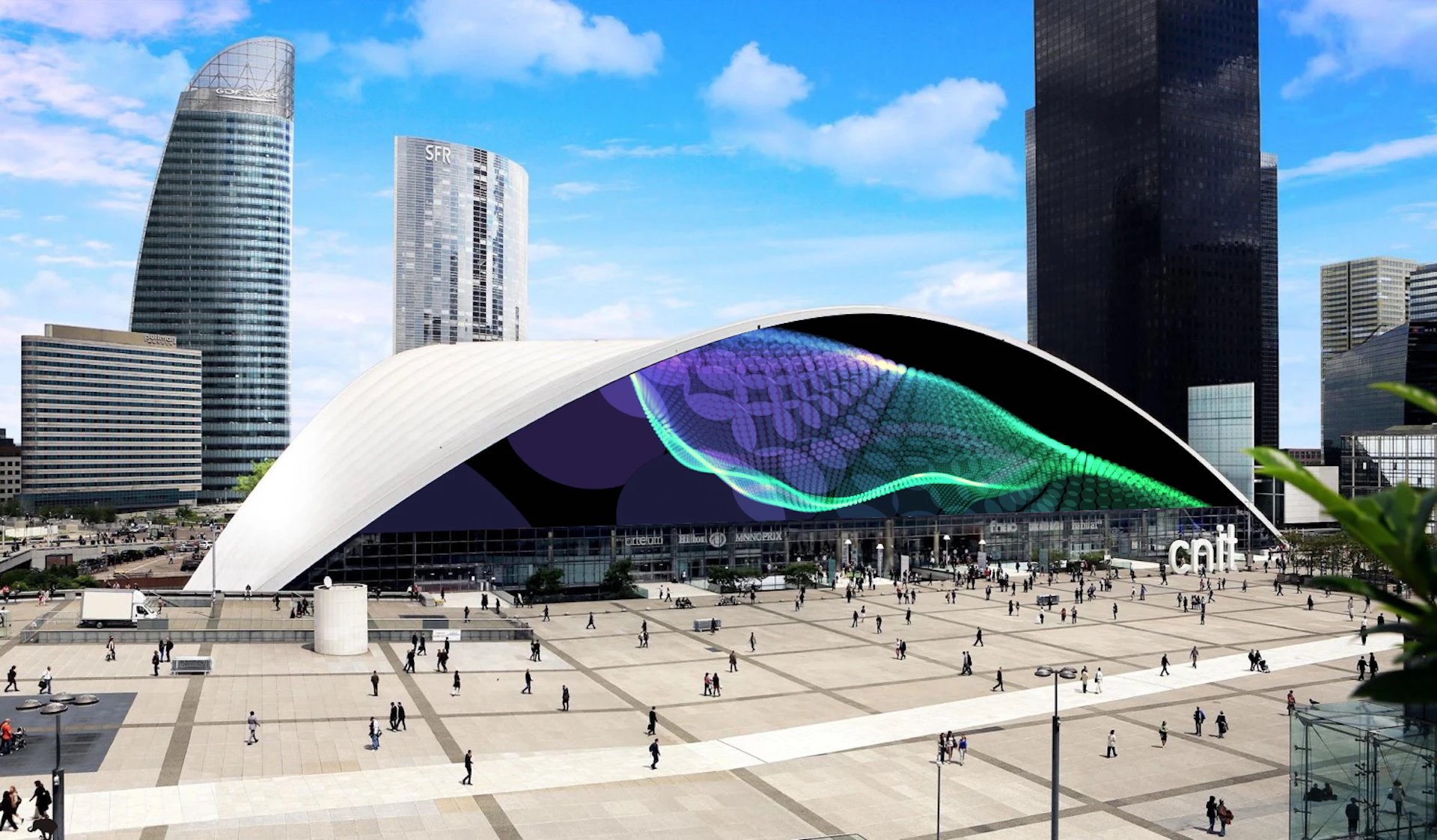Interactive Billboard Examples
Interactive Billboard Advertising.
Key Takeaways
Interactive billboards adapt to viewer interactions and external data, using digital screens that move or respond to gestures or environmental conditions; they create high participation and engagement.
Various interactive formats include touch responses, integration with social media, motion tracking, augmented reality and multi‑function screens, offering dynamic experiences.
Campaigns from brands like Gymshark, Women's Aid, Reebok, Netflix and KitKat show that interactive billboards encourage audience involvement and leave lasting impressions, increasing brand awareness.
Interactive, moving, and responsive billboards attract participation and engagement from audiences. They adapt the images, text, and content shown depending on how and where a viewer interacts with the billboard and based on external data points such as the weather or location. Whether an individual is prompted to use their smartphone to access concealed messages or discount codes, vote in a live poll, or engage with a billboard as entertainment, the responses and impressions achieved can be exceptionally high.
Brands keen to move beyond the limitations of static advertising often consider digital interactive billboards a next-gen marketing solution. These displays give brands the creative freedom to portray their brand or offers in a dynamic and consumer-focused way. This can both boost opportunities to generate cross-channel activations and capture valuable insights into viewer responses.
How to make a billboard interactive: Interactive Billboard Formats
Brands new to interactive marketing are often intrigued by the variety of ways they can stimulate participation. Although the options are almost limitless, we’ve summarised below some of the experiences and engagements digital billboards are capable of.
1. Introduce Touch Responses
Using billboards as entertainment or games works well. Audiences can use touch-activated screens to scroll, score points, navigate a website page, or discover information. These billboards often attract crowds as more and more people are keen to ‘have a go’ themselves.
2. Integrate Social Media Billboards
Interactive billboards that work cohesively with brand social media channels can provide access to real-time engagements. For example, a billboard could offer a sample, free ticket, or discount for every customer who shares a tweet using a brand hashtag or a picture of them next to the screen on Instagram. This user-generated content could then also be featured on the same billboard.
3. Use Built Motion Tracking Cameras
Billboards with integrated sensors can monitor responses, such as placing a viewer in an on-screen digital environment, asking the person to perform actions or movements such as dances or providing a ‘green screen’ backdrop for users to create any landscape they want to be pictured within.
4. Use Augmented Reality (AR)
In much the same way that motion-tracking cameras can simulate on-screen environments, AR displays can use overlays on smartphones or directly on the billboard, allowing users to activate animations, information displays, and any type of virtual content.
5. Combine functionality
Multi-use billboards in high-traffic locations can provide dual functionality. These billboards remain prominent and visible at all times, and additional features can be activated by pressing a button or pulling a lever to reveal hidden messaging.
Examples of Successful Interactive Billboards
The best way to visualise how interactive billboards work and the types of visual imagery they are capable of is to showcase some of the best current case studies. Note that the uses and applications of digital billboards are still relatively new to the market and are anticipated to become far wider spread in the near future!
Interactive Billboard Example with removable clothing.
Gymshark’s Shoplifting Campaign
The well-known gym clothing brand created an interactive billboard with simple content that combined real-world elements and clever messaging. Each billboard included real clothing items pinned to the display and invited customers to help themselves.
Underneath those garments was a message that was revealed as more items were taken. It highlighted the upcoming sale with discounts of up to 60% on quality sportswear, labelling the discount event as 'shop lift-ing essentials' - a play on the lifting component of gym wear and the interactivity of viewers taking items for free.
While this was a one-off and location-specific advertising stunt, it generated a huge amount of interest and discussion and drew the necessary attention to the sale event as intended.
Interactive Billboard that updates based on user-behaviour.
Women’s Aid Domestic Abuse Campaign
A powerful, emotional billboard by the charitable organisation Women’s Aid included a simple portrait image of a woman, showing obvious signs of abuse and physical trauma, with bruising and cuts.
When a viewer stopped to look at the image, the screen-detected this interaction and removed the bruises. They faded away to represent the fact that paying attention to domestic violence can be preventative.
Based on a message about the damage that turning a blind eye to domestic abuse can cause and how noticing the problem can make a profound difference to the safety of a woman in a harmful environment, the point was abundantly clear.
Interactive Billboard that detects running speed.
Reebok’s Speed Test Campaign
To celebrate the launch of the ZPump 2.0, Reebok created an interactive billboard, complete with movement tracking technology and a speed camera, located in a busy spot in Stockholm.
The billboard challenged pedestrians to run past it as fast as they could, with their times recorded. In addition to being a fun, competitive activity anybody could participate in, the campaign provided an opportunity to win a pair of new trainers for anybody who could beat a set time—a speedy 10.5 miles per hour.
While the content itself was seen as a great contest for passersby, it also showcased how the brand could enhance performance for regular runners and why even casual joggers could benefit from ZPump as an aspirational brand.
Interactive Billboard
Netflix’s Daredevil Campaign
To mark the upcoming release of the new Daredevil movie, Netflix staged a billboard in Toronto. The billboard showcased three major characters, each in full size, on their own portion.
Viewers were asked to tweet, using a specific hashtag and naming the character they liked the most, with virtual battles shown live through the billboard in response to the character who had received the highest number of mentions through the social media channel.
Participants could see developing cuts, bruises, and bullet holes on the ‘opposing’ characters. They were often incentivised to tweet multiple times to see their character 'win', drawing a vast amount of attention to the movie release.
Interactive Billboard - Vibration provides users massages.
KitKat’s Have a Break Campaign
Our final example shows how touch-activated interactive billboards can work, in this case, for the well-known KitKat chocolate bar. Nestle doubled down on the strapline 'have a break, have a KitKat' and represented having a break by offering a complimentary massage.
When a passerby chose to lean against one of the interactive billboards in Colombia, the screen would begin to vibrate, providing a stress-relieving massage and highlighting the message that taking a break—in the form of a massage or a snack—was time well spent.
The key benefit of interactive billboards is their ability to create memorable and engaging experiences that resonate with consumers, increasing brand awareness and driving real-time engagement. This innovative approach makes them especially effective for brands looking to create impactful, shareable moments in high-traffic areas, turning passive viewers into active participants. If you’re interested in leveraging the power of billboards, find out more about our billboard advertising services here.


